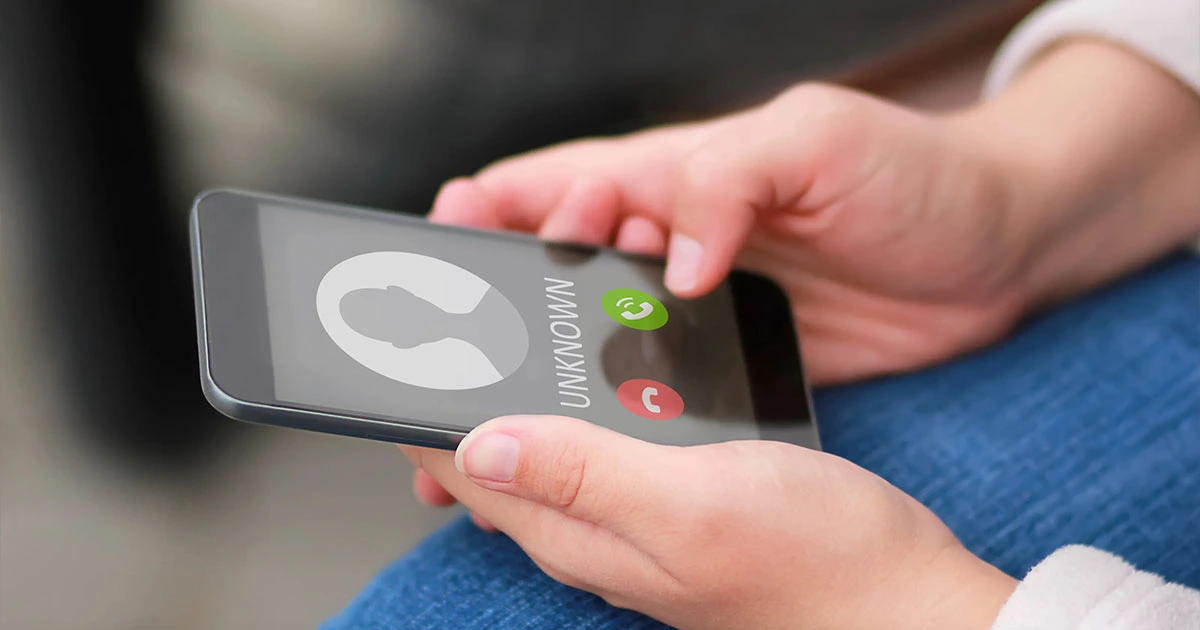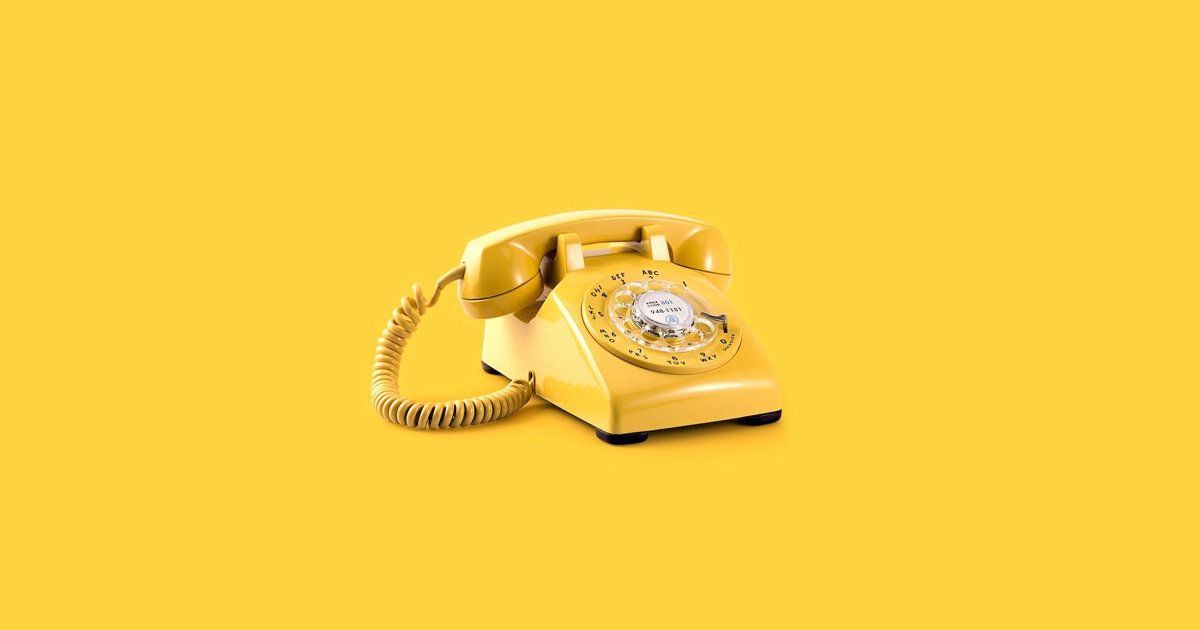Have you ever gotten a phone call from a number that’s just a long string of seemingly random numbers, with the letter “V” in the font if your caller ID? It could look kind of like this:
(Sidenote: if you stumbled across this article cause you’re actually just looking for a phone number with a V in it, we have those too! Scroll ahead for more info on those.)
What the heck is this ‘V’ number, and what does it mean?
Well, there’s a short answer, and a long answer. Here’s the short answer:
A long number with a “V” in the front is more times than not a robocall, or someone trying to solicit you. (This doesn’t guarantee that it’s spam, but it often is!)
But then there’s the long answer!
What you’re literally seeing are the “naked” components of a caller ID.
The “V” actually stands for “verified,” which isn’t necessarily as comforting as it sounds!
In this context, it simply means that the telecom provider they are calling from falls in line with their standards for, well, merely existing. (For example, they are calling using the same provider as you.) The “V” is an internalized attempt by phone providers to note what they deem to be real numbers.
The rest of the numbers? That’s what’s known to a computer as a “Caller ID Name” or “CLID”. This is different from the caller ID you may have heard of, though related. Caller ID Name (sometimes “CNAM”, just to be even more confusing) refers to the displayed name that is associated with a phone number.
Why would scammers use a V number?
Spammers and robocallers often use tactics that try to shield their identity by randomizing their number or altering their caller ID information in ways that are sometimes complex, and sometimes simple. Whether it’s on purpose or not, sometimes what is delivered to your caller ID system is not a randomized number, but the information that the system is receiving. Hence, the “V” and the long number!
Could a “V” number be legitimate? Sure, in theory! However, in practice, more times than not, it’s not the product of a poorly configured Caller ID situation, but the result of a brute force attempt at getting calls out into the world.
New updates on the V numbers
If you used to see the V often, but then stopped seeing it on your caller ID, we’ve got some guesses on that too.
To go into the long answer even more, a few years ago the telecom industry introduced a major regulation to phone carriers, called “STIR/SHAKEN”. (Unfortunately, they weren’t asking how you’d like your martini.) “STIR/SHAKEN” is actually an acronym for “Secure Telephone Identity Revisited” and “Signature-based Handling of Asserted information using toKENs,” which is basically a framework developed to combat Caller ID spoofing and restore trust in caller identification systems.
The FCC mandated STIR/SHAKEN implementation by 2021 with the intention of getting a better handle on something called “Caller ID spoofing”, which is basically a spam or robocall that impersonates, or spoofs, a legitimate phone number.
It’s been a few years since STIR/SHAKEN essentially shook up the telecom industry (cell carriers, VoIP and any provider offering voice had to change a lot of their existing systems in order to reach compliance with this mandate.) Now that the dust has settled more with STIR/SHAKEN, there’s a bit of industry debate about its effectiveness. But what we do know is that it seems like there are far less people getting V’s in their caller ID.
What should I do about V callers?
If you’re having issues with “V” calls spamming you, NumberBarn has handy spam blocking features on all numbers supported by us. (Meaning, if you’re using a NumberBarn plan for your phone number, you can try these options to help better prevent spam and block calls.) Check out our robocall destroyer help page, or contact us here for more help.
And if you’ve skipped all of the above because you’re actually just looking for a custom phone number that has the letter V in it (like a vanity number that spells “555-5-VANITY”), you’re in the right place. Search millions of custom vanity, local and toll free numbers at NumberBarn. Just enter in the word or spelling you’re looking for and you’ll find countless numbers to choose from, ranging from just $5 to thousands of dollars (if you’re feeling fancy).

